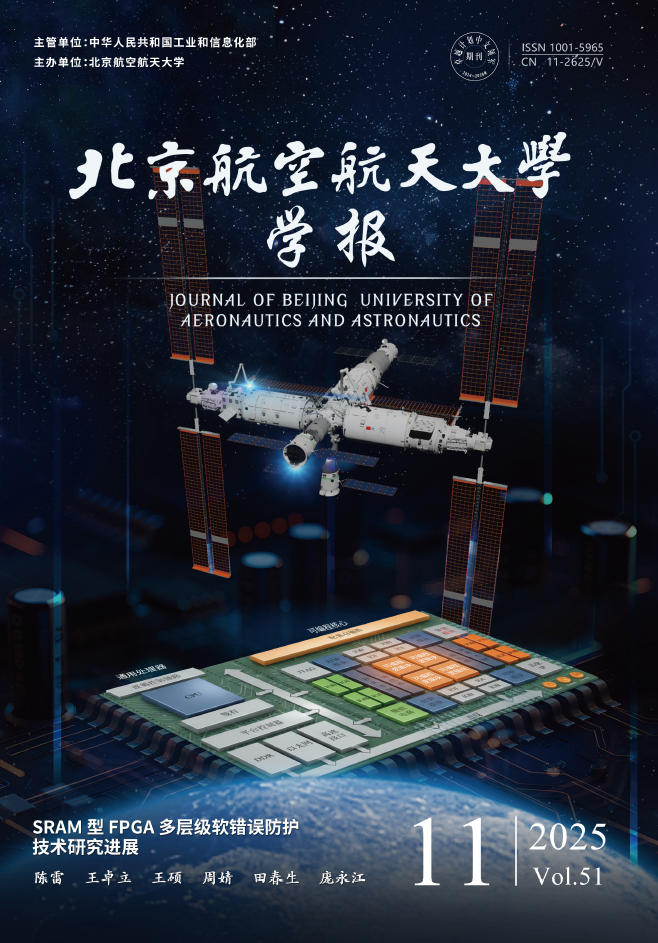2013 Vol. 39, No. 10
2013, 39(10): 1286-1291.
Abstract:
2013, 39(10): 1337-1341.
Abstract:
2013, 39(10): 1342-1347.
Abstract:
2013, 39(10): 1348-1353,1359.
Abstract:
2013, 39(10): 1366-1369,1375.
Abstract:
2013, 39(10): 1370-1375.
Abstract:
2013, 39(10): 1376-1380,1391.
Abstract:







 XML Online Production Platform
XML Online Production Platform

